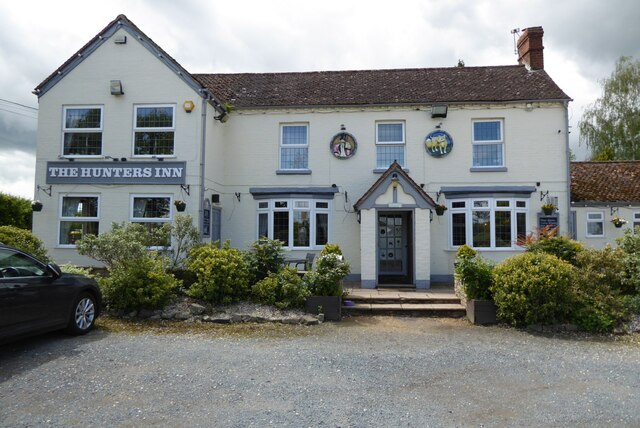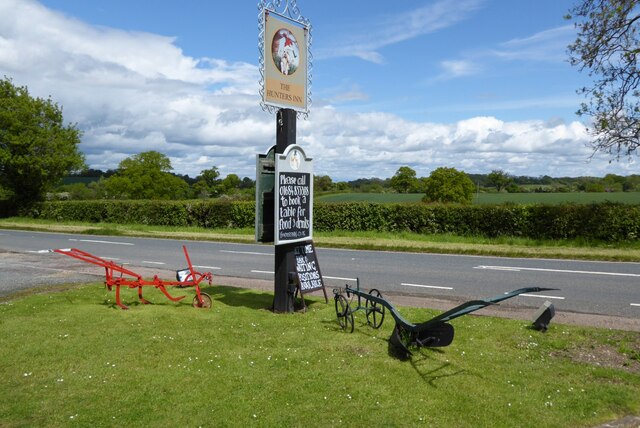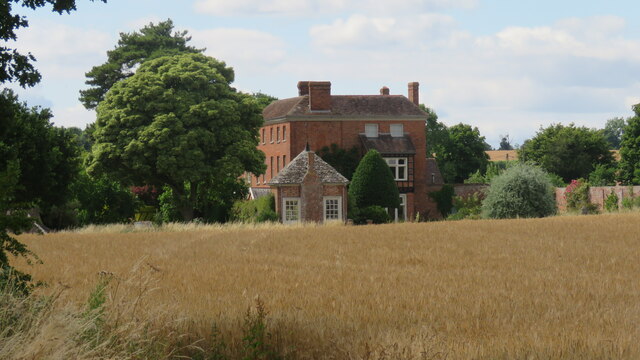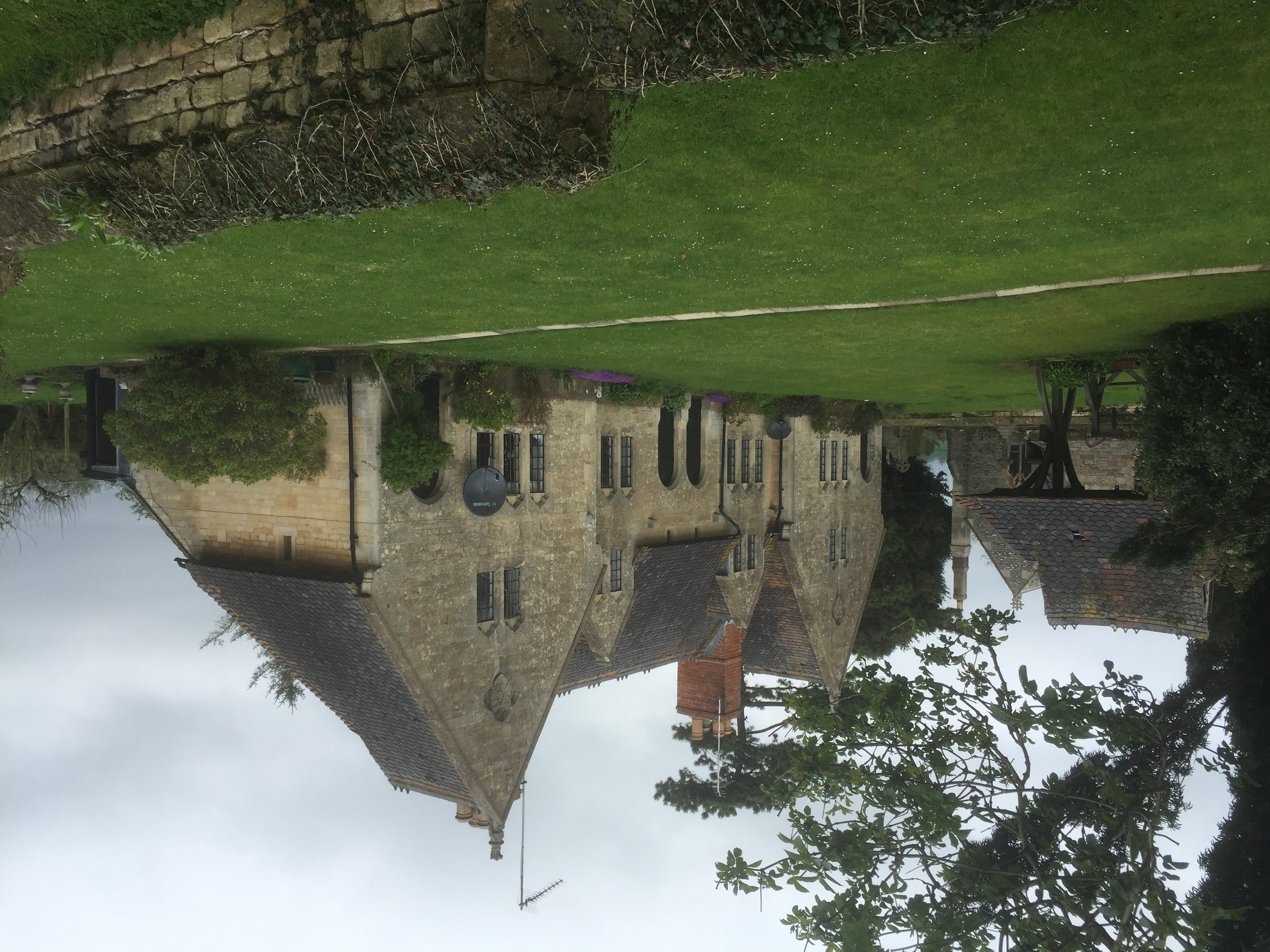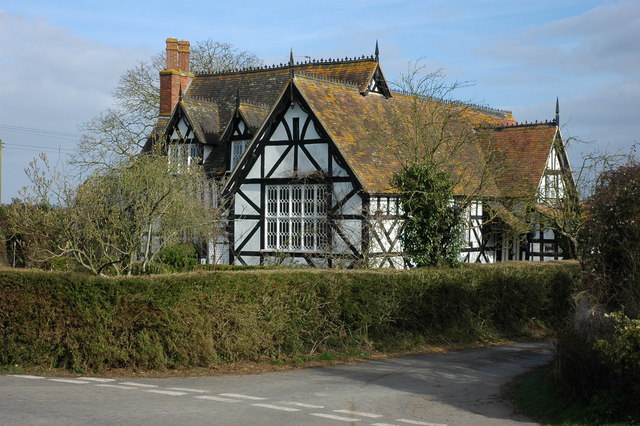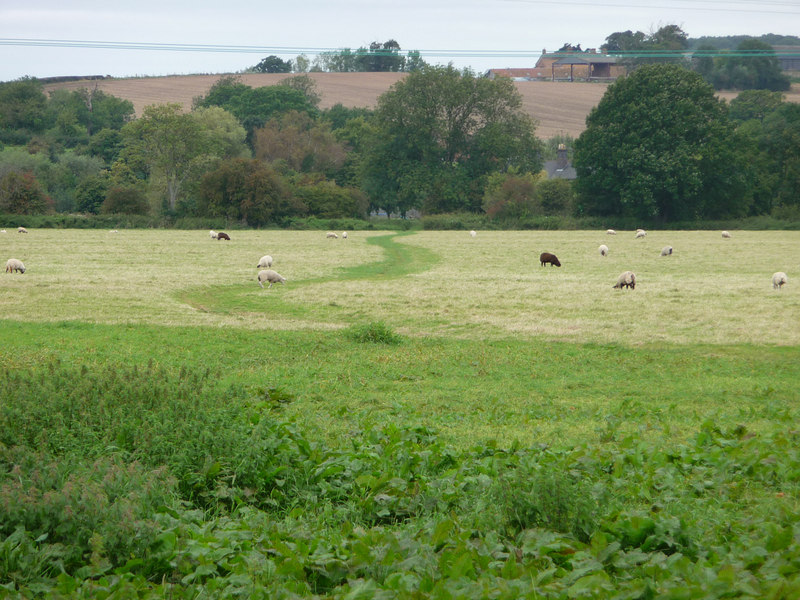Voulters Wood
Wood, Forest in Gloucestershire Malvern Hills
England
Voulters Wood
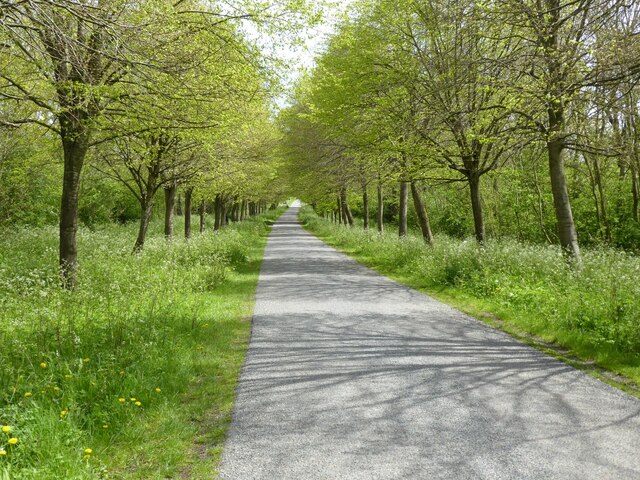
Voulters Wood is a picturesque woodland located in the county of Gloucestershire, England. Situated near the village of Blakeney, this woodland covers an area of approximately 50 acres. Voulters Wood is part of the Forest of Dean, an ancient forest that is known for its rich biodiversity and stunning natural landscapes.
The woodland is predominantly composed of broadleaf trees, such as oak, beech, and birch, which create a dense canopy overhead. This creates a tranquil and shady environment, perfect for exploring and escaping the hustle and bustle of everyday life. The forest floor is covered in a thick carpet of moss, ferns, and wildflowers, adding to the beauty and serenity of the wood.
Voulters Wood is home to a diverse range of wildlife, including deer, badgers, foxes, and a variety of bird species. It is a popular destination for birdwatchers, who come to spot rare species such as the lesser spotted woodpecker and the pied flycatcher. The wood also provides an important habitat for a wide range of insect species, contributing to the overall biodiversity of the area.
Visitors to Voulters Wood can enjoy a number of walking trails that wind through the woodland, offering breathtaking views and the opportunity to discover hidden gems along the way. The wood is also a great spot for picnics and family outings, with designated areas for relaxation and enjoying the natural surroundings.
Overall, Voulters Wood is a beautiful and tranquil woodland that offers visitors the chance to immerse themselves in nature and explore the diverse wildlife of Gloucestershire's Forest of Dean.
If you have any feedback on the listing, please let us know in the comments section below.
Voulters Wood Images
Images are sourced within 2km of 51.996856/-2.2014618 or Grid Reference SO8633. Thanks to Geograph Open Source API. All images are credited.

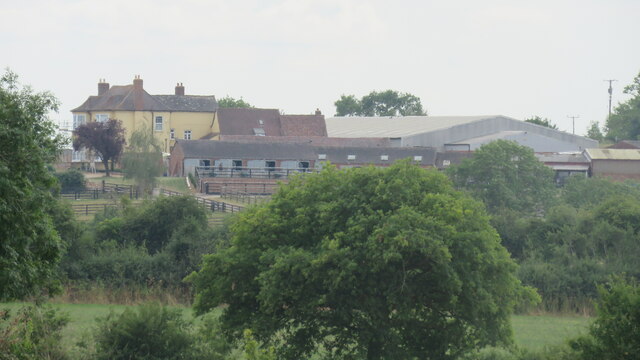



Voulters Wood is located at Grid Ref: SO8633 (Lat: 51.996856, Lng: -2.2014618)
Administrative County: Worcestershire
District: Malvern Hills
Police Authority: West Mercia
What 3 Words
///bolt.recline.pianists. Near Tewkesbury, Gloucestershire
Nearby Locations
Related Wikis
Yorke Almshouses
The Yorke Almshouses, Nos. 14–17 Church Row, Forthampton, Gloucestershire, England, are a range of four almshouses designed by the architect William Burges...
Forthampton
Forthampton is a village in Gloucestershire, England The village is located three miles from the market town of Tewkesbury and features "a great number...
Bushley
Bushley is a small village and civil parish in the Malvern Hills district in Worcestershire, England. The church is dedicated to Saint Peter. At the 2021...
Old River Severn, Upper Lode
Old River Severn, Upper Lode (grid reference SO880331) is a 3.72-hectare (9.2-acre) biological Site of Special Scientific Interest in Gloucestershire,...
Severn Ham, Tewkesbury
Severn Ham, Tewkesbury (grid reference SO885325) is a 70.82-hectare (175.0-acre) biological Site of Special Scientific Interest in Gloucestershire near...
Borough of Tewkesbury
The Borough of Tewkesbury is a local government district with borough status in Gloucestershire, England. The borough is named after its largest town,...
Chaceley
Chaceley or Chaseley is a village and civil parish 8 miles (13 km) north of Gloucester, in the Tewkesbury district, in the county of Gloucestershire, England...
Chaceley Meadow SSSI
Chaceley Meadow (grid reference SO857306) is a 1.8-hectare (4.4-acre) biological Site of Special Scientific Interest in Gloucestershire, notified in 1954...
Have you been to Voulters Wood?
Leave your review of Voulters Wood below (or comments, questions and feedback).
